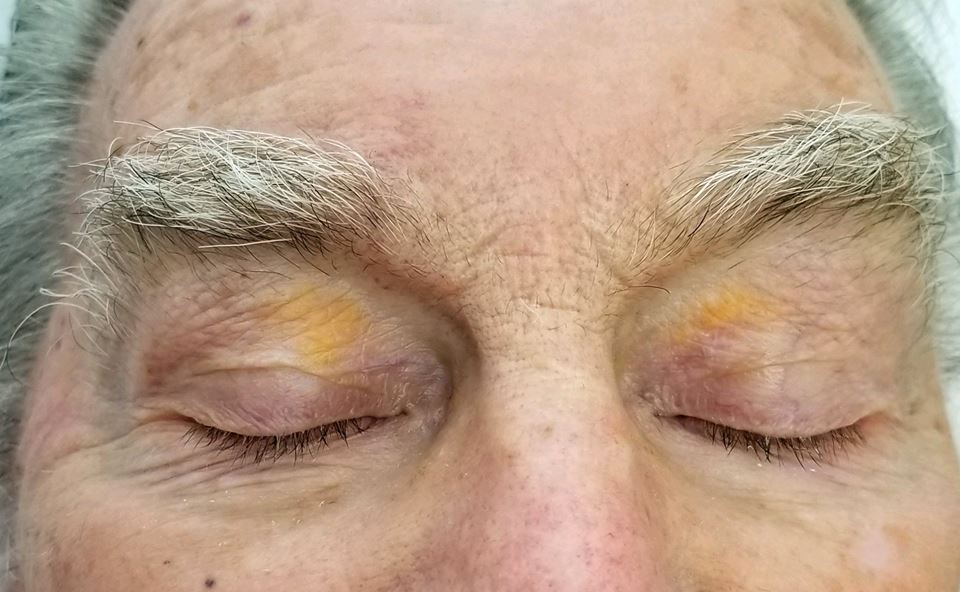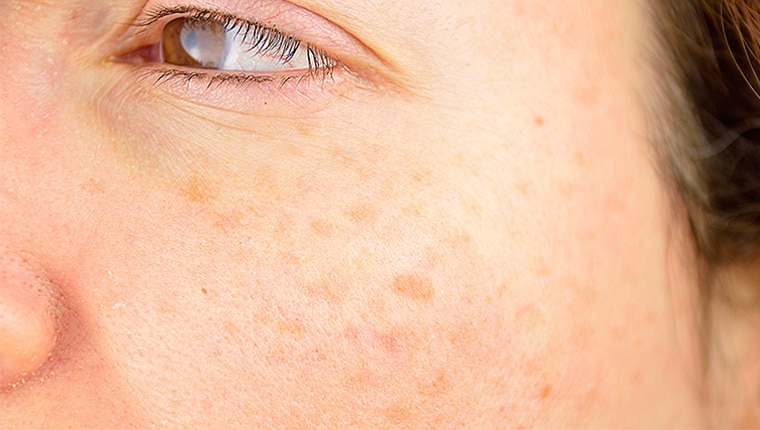There is a reason that health care providers chat with their patients face to face. It is more than just to build rapport. Specific facial traits might uncover critical clues to health issues that might be underlying. The following are things that health care providers look for when they are assessing their patients.
Flaky, Dry Skin Or Lips
This is a typical warning sign that the individual might be suffering from dehydration. It might also be an indicator of a more severe issue that impacts sweat glands and their functions, like diabetes or hypothyroidism, which is marked by inadequate quantities of thyroid hormone. Other indicators of hypothyroidism include fatigue, weight gain and feeling cold. The symptoms for diabetes include blurry vision, frequent urination and extreme thirst. The symptoms might also point towards other conditions such as an allergic reaction to drugs, dermatitis, psoriasis or eczema.
Excess Facial Hair
Hair that is unwanted, especially the hair that develops along the upper lip, chin and jawline, could be an indicator of polycystic ovary syndrome or PCOS. This is an imbalance in the hormone where the male hormone levels are elevated. According to the Centers for Disease Control and Prevention this could also affect close to five million females within the United States, which are of childbearing age. Individuals should become familiar with diseases that health care providers are likely to miss. However, do not immediately jump to the conclusion that something is wrong. Excess hair developing on the face could just be an inherited trait.
Soft, Yellow Spots On Eyelids
Individuals with such cholesterol filled lesions, known as xanthelasma, might have a greater risk of developing heart disease. A study completed in 2016 discovered that participants suffering from xanthelasma also had a higher body mass index. They also had higher total levels of cholesterol as well, placing them at a higher risk of experiencing a cardiac event.
Eye Bags & Puffiness
Eyes that have the appearance of looking tired constantly could also be a warning sign for chronic allergies. This condition dilates the blood vessels and results in them beginning to leak. Under the eyes where there is sensitive skin, this could create dark blue-purple hues and puffiness. The other potential culprits are sleep apnea and hypothyroidism.
Facial Asymmetry
This could be one of the initial signs of a stroke. Individuals will often report it by saying that they looked into their mirror and their face appeared different. They may also recognize that one side of their face does not feel like it can smile or it feels numb. Or the individual might have difficulty speaking. Asymmetry might also derive from Bell’s Palsy, however a stroke should always be ruled out prior to investigating other reasons. The key to a stroke treatment is getting to it quickly. A stroke might also be accompanied by weakness in the arms or legs and double vision.
Discolored Complexion
Slight changes might even signal that there is something wrong. A yellow tone in the skin could signify liver disease. Paleness might indicate anemia. A tint that is bluish in color on the nail bed or lips could be a sign of lung or heart disease.
Blotches & Rashes
Specific digestive issues might show up on the skin. Red bumps that manifest as itchy clusters might be a sign of celiac disease, which is an autoimmune disorder. This condition causes the body to react to gluten. Another autoimmune disease known as lupus, could be indicated by a butterfly shaped rash appearing over the nose bridge and across the cheekbones. Facial rashes could also be activated by rosacea, eczema, allergies and other specific infections.
Hair Loss
The loss of eyebrows or eyelashes could be an indicator of alopecia areata, which is another autoimmune condition which attacks the follicles of the hair. This disease could be restricted to specific sections of the body, or it could even cover the entire body. The loss of hair from around the eyes might include the eyebrows and the eyelashes. There are treatments that are accessible; however there is no cure as yet.
New Moles
The majority of moles usually are not a reason for concern. However, to be safe, any new moles or growths on the skin should be assessed by the individual’s dermatologist. They could also be skin cancer, and in several cases, this could be an indicator of a genetic syndrome or an internal disease.